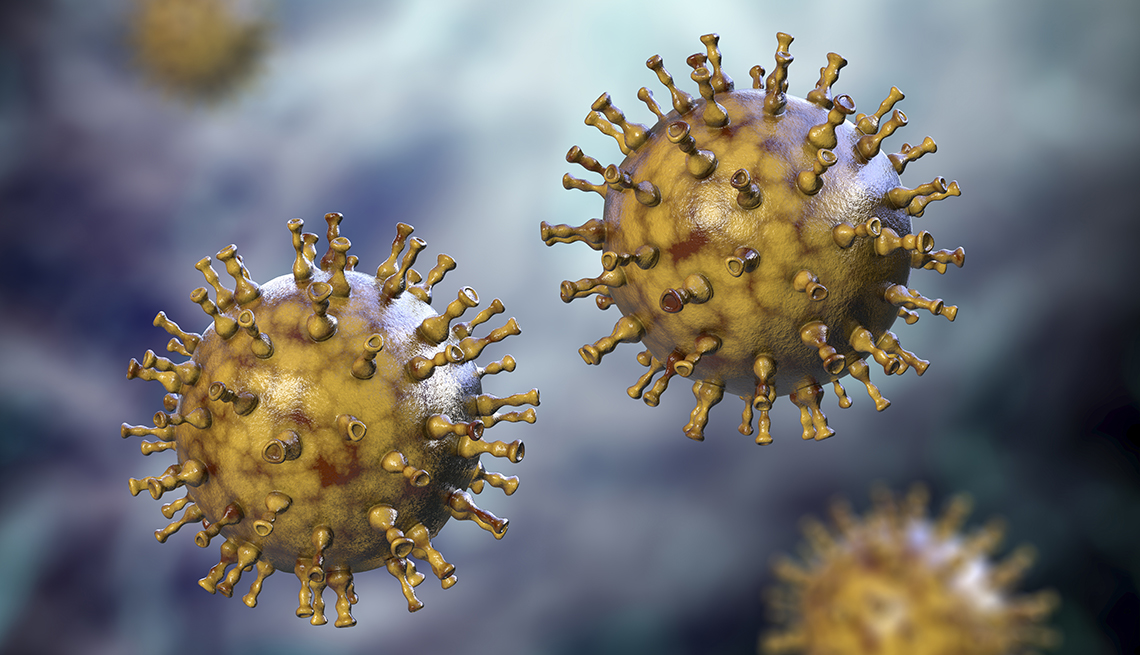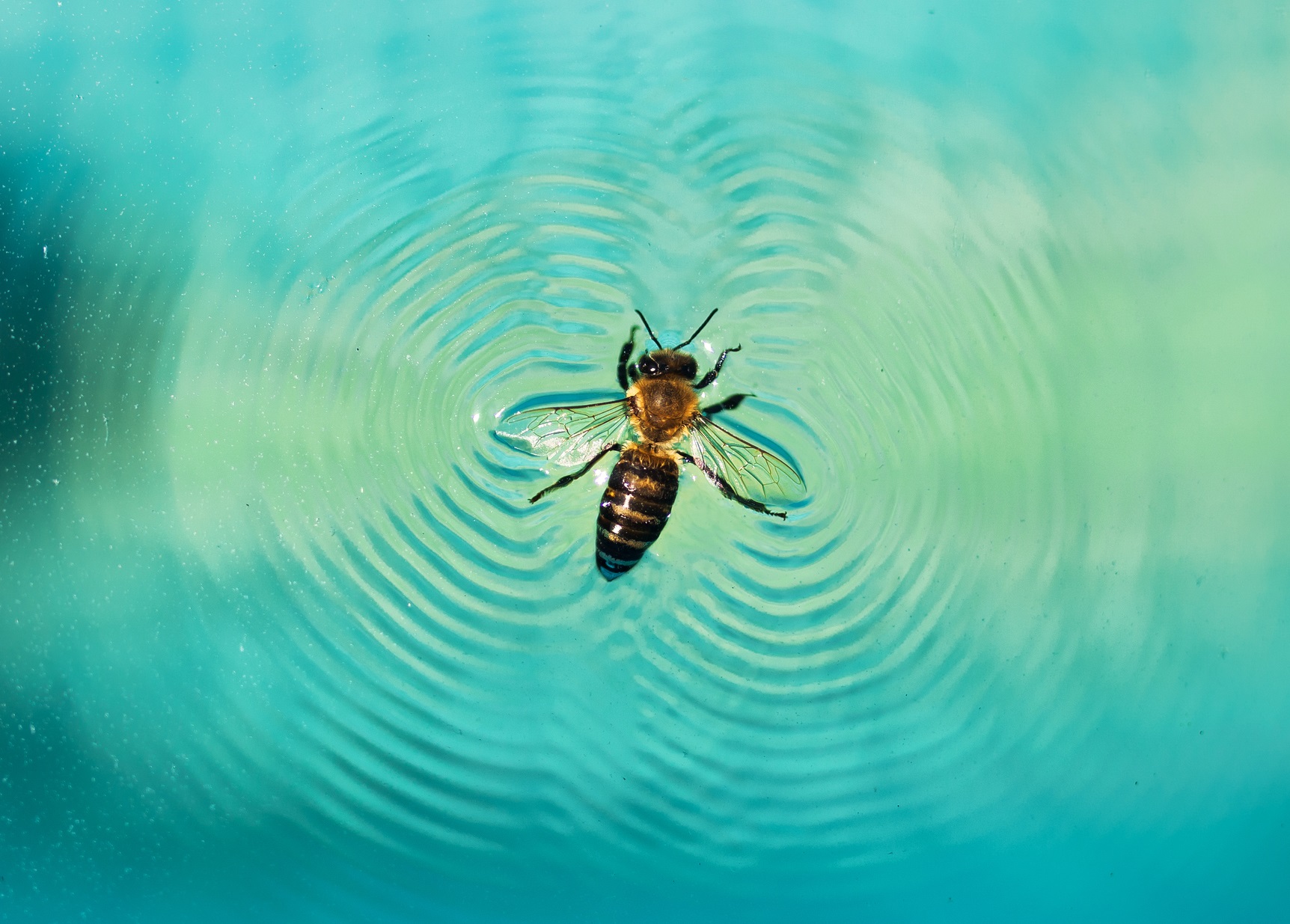
- Select a language for the TTS:
- UK English Female
- UK English Male
- US English Female
- US English Male
- Australian Female
- Australian Male
- Language selected: (auto detect) - EN
Play all audios:
Shingles pain and PHN are more common among older people and those who didn't act quickly and took antiviral medication 72 or more hours after noticing the red rash — yet another reason
to talk with a health care provider as soon as you suspect shingles. The disease has also been associated with pneumonia, brain inflammation (encephalitis), meningitis, hearing issues and
even death, though the link isn't well established and may be rare. MYTH 5: SHINGLES LOOKS LIKE ONE THING: A RED RASH A red rash that occurs on one side of the body is typically what
you should look for. Still, some people experience pain without a red and blister-filled rash. Or they may get the rash only after a few days. Most of the time, though, sufferers
experience burning and tingling on one side of the body, often on the back, chest or stomach. Then the painful, itchy red rash with small blisters develops, scabbing in a week to 10 days
and fully clearing up within two to four weeks. "It can occur from the top of your head to the bottom of your toes. I don't think there's any part of skin that I have not seen
it occur in over many, many years," Garner says. Shingles can also cause fever, chills, bad headaches, muscle weakness and other pain. MYTH 6: YOU DON’T NEED TO WORRY ABOUT BEING
CONTAGIOUS Shingles, as a disease, isn't contagious — in other words, you can’t get shingles from someone who has shingles. But the virus that causes it is quite contagious and can be
spread easily by way of droplets dispersed in the air when, say, someone talks or breathes. It can also spread if someone comes in contact with the virus-causing skin blisters, which is
why, if you have shingles, it’s important to keep your rash covered. If someone hasn't had chickenpox or isn't vaccinated for it, they can get infected with the virus if they come
in contact with the ooze from the lesions (via clothes, sheets or towels). People with shingles cannot spread the virus before rash blisters appear or after the rash crusts, the CDC
notes. Finally, you can get shingles more than once (though it's rare) if your immune system is strained. So take care of yourself: Minimize stress, get enough sleep, eat
good-for-you foods, and stick to an exercise routine. And if you think you have shingles, get yourself to a doctor as soon as possible. What Vaccines Do I Need After 50?







